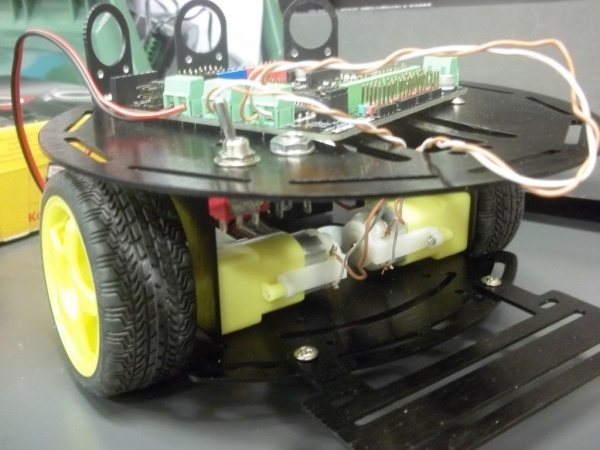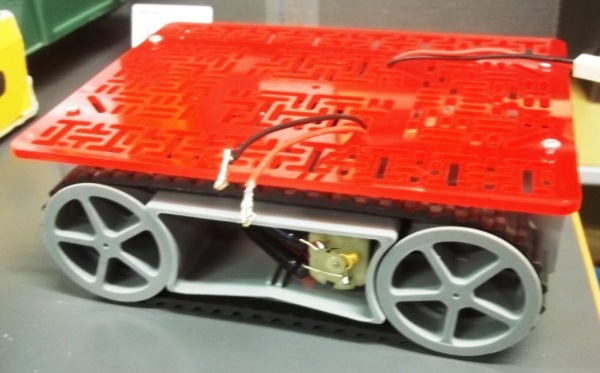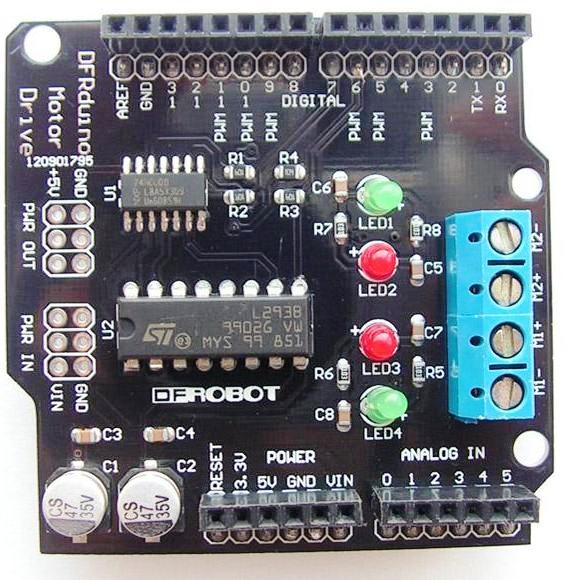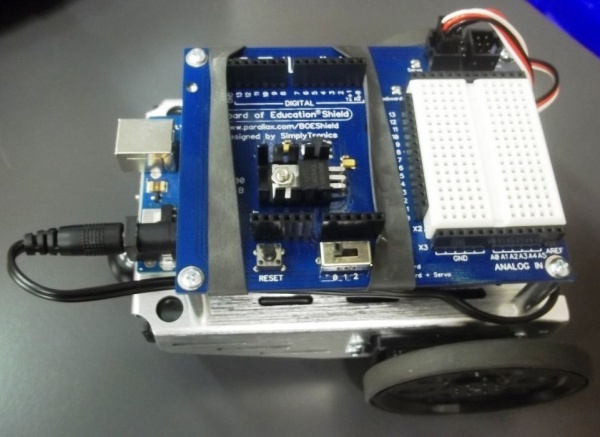European industry spans several sectors that contribute to high economic activities and generate mass employment in different fields: automotive, aerospace, defense, chemicals, biotechnology, food. European educational institutions face the challenge of supplying skilled employees to sustain it, especially in this period of economic crisis.
Robotics is fast becoming an integral part of the school curriculum with its ability to integrate a broad range of subjects, most notably Technology, Science and Maths Key Learning Areas, and encouraging students to think creatively, analyze situations and apply critical thinking and problem solving skills to real world problems. Teamwork and co-operation are a cornerstone of any Robotics project.
The cooperation of the four project’s partners: France, Italy, Malta and Spain aims at preparing future skilled workers by:
• developing the students’ consciousness in the possibilities offered by the European market as future European employees, through the analysis of the industrial world and its implications, visits to factories and universities, contacts with experts, Robotics competitions (students: 14-19+)
• developing and improving their learning through an innovative teaching approach of applied science and use of ICT based on sharing, comparison and cooperation, with a strong emphasis on thinking skills, towards a common European “school-dimension”
• production of common works and didactic material shared on dedicated internet sites, based on a comprehensive analysis and approach to the subjects
• improving the teachers’ approach to teaching transversal key competences and promoting active European cooperation, mobility and citizenship
Archives de l’auteur : Barbara Ponizy
Motors and servomotors
Our objective is to do some projects with moving motors.
At first, we will have to test motors and servomotors.
To test motors we will use Mobile Robot Kit 2 Wheels that has 2 motors and one rear caster ball. This platform works with Romeo V2-All in one Controller.
In the picture beneath, you can see another kit that we will use to test motors and robot’s movements.
We will use an Arduino card and an Arduino Motor Drive Shield (see the picture beneath) that we were given by Spanish teacher M. Mosquera Taboda. This card will allow us to connect two motors.
Testing servomotors will be possible with our Parallax Arduino Kit.
This kit has two continues rotation servo motors, so we will test robot’s movements.
Testing sensors and push button
In this part French students will test some sensors and a push button. They will build some circuits with LEDs and will program them with Ardublock.
Next, these components will be used to build moving robots.
Here you have some useful links:
ultrasonic_sensor_manual DFRobot_push_button_manual Line tracker sensor





